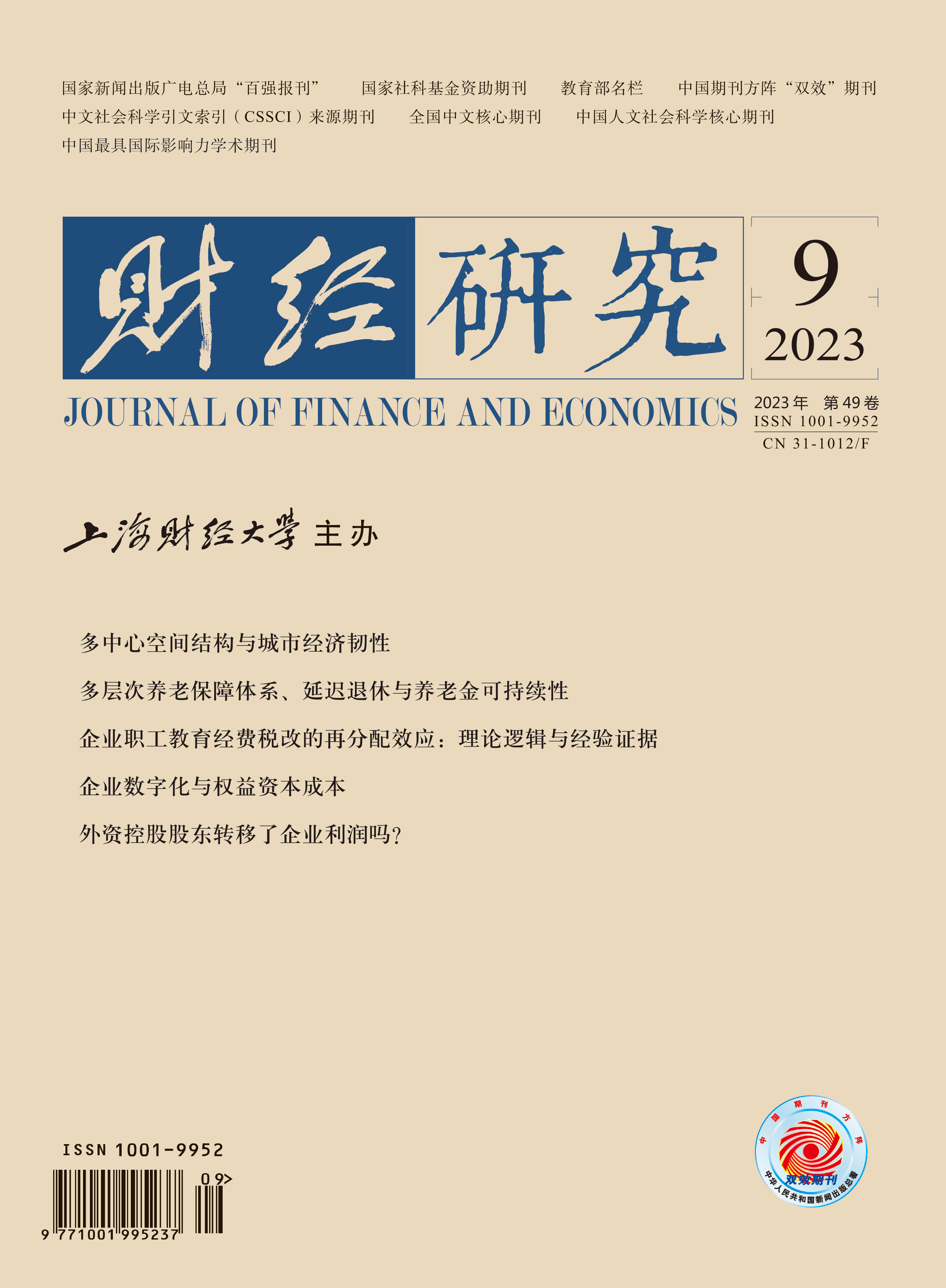The central environmental interview system was established as a new tool for environmental governance to address the governance failure caused by inefficient policy implementation under the territorialized environmental management system, primarily by standardizing the circumstances, procedures, and subjects for initiating interviews, and gradually shifting responsibility for pollution control and environmental regulation from enterprises to the government. Academic research on central environmental interviews focuses on their own policy effects while ignoring spatial variables.
Based on the balanced panel data of 283 prefecture-level and above cities in China from 2005 to 2019, this paper examines the demonstration and competition effects of central environmental interviews using the DID model and the spatial Durbin model. The findings show that: (1) Central environmental interviews effectively reduce local industrial SO2 emissions, with a significant direct deterrent effect. (2) Central environmental interviews have a negative spillover effect on industrial SO2 emissions in spatially connected areas, with a significant neighbor deterrent effect, specifically in the form of demonstration and competition effects. (3) The direct deterrent effect of central environmental interviews is not sustainable, but the neighbor deterrent effect continues and increases over time. (4) Under the dual effects of risk aversion and value creation, central environmental interviews have demonstration and competition effects on spatially connected cities being interviewed, but have a limited impact on spatially connected cities not being interviewed.
The academic value of this paper is mainly reflected in four aspects: First, it focuses on the central environmental interview system from the perspective of deterrence effect, which effectively expands the research field of institutional innovation and environmental governance, and provides empirical reference for improving the environmental monitoring mechanism. Second, it further explores the impact of central environmental interviews on spatially connected areas from the perspectives of demonstration effect and competition effect through the nested models of DID and spatial Durbin. Third, it analyzes the neighbor deterrent effect of central environmental interviews from the perspectives of risk aversion and value creation, and further examines its mechanism of action, which is conducive to understanding the operation mechanism of the central environmental interviews system.





 4696
4696  3441
3441

